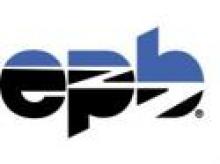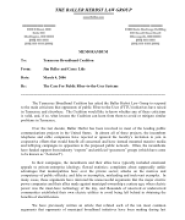News from Communities - Seattle, Clarksville, Chattanooga, and Rutland
Communities around Rutland in Vermont are moving forward with a planned universal full fiber-to-the-home network. Interestingly, this network has been spear-headed by the Rutland Redevelopment Authority, not a local City Hall.
Back in Tennessee, the Clarksville Fiber Network is running ahead of schedule.

Having reached the 6,000-customer mark, CDE Lightband's broadband service is slightly ahead of schedule in adding new subscribers, an official of the Clarksville utility said Wednesday — good news for a telecommunications division, which is still in its infancy. Initial projections had the utility servicing around 8,000 broadband subscribers by next June. ... New installations usually have about a six-week wait, primarily because of high demand, Batts said.
Though demand is high, the goal of profitability is still a ways off — around 4,000 additional customers are needed to push the utility's telecommunications into the black, according to early department projections.
Seattle's new mayor campaigned on building a publicly owned, full fiber-to-the-home network. Reclaim the Media asks if Seattle will get its broadband 'public option.'
As Reclaim the Media noted last summer, the main obstacles to moving forward with next-generation fiber to underserved areas in Seattle are (1) money and (2) political will. The city budget remains in slash-and-burn territory this year; next year's budget would be the earliest that the new Mayor would be able to effectively push a significant new priority. This winter, however, Schrier's office will be able to apply for federal broadband stimulus funds to build out the skeleton of a citywide fiber network (possibly in collaboration with Seattle City Light), and to provide actual door-to-door "fiber to the premises" (FTTP) service to underserved neighborhoods in the Central District and Beacon Hill. McGinn's leadership will be key in making this project happen.






